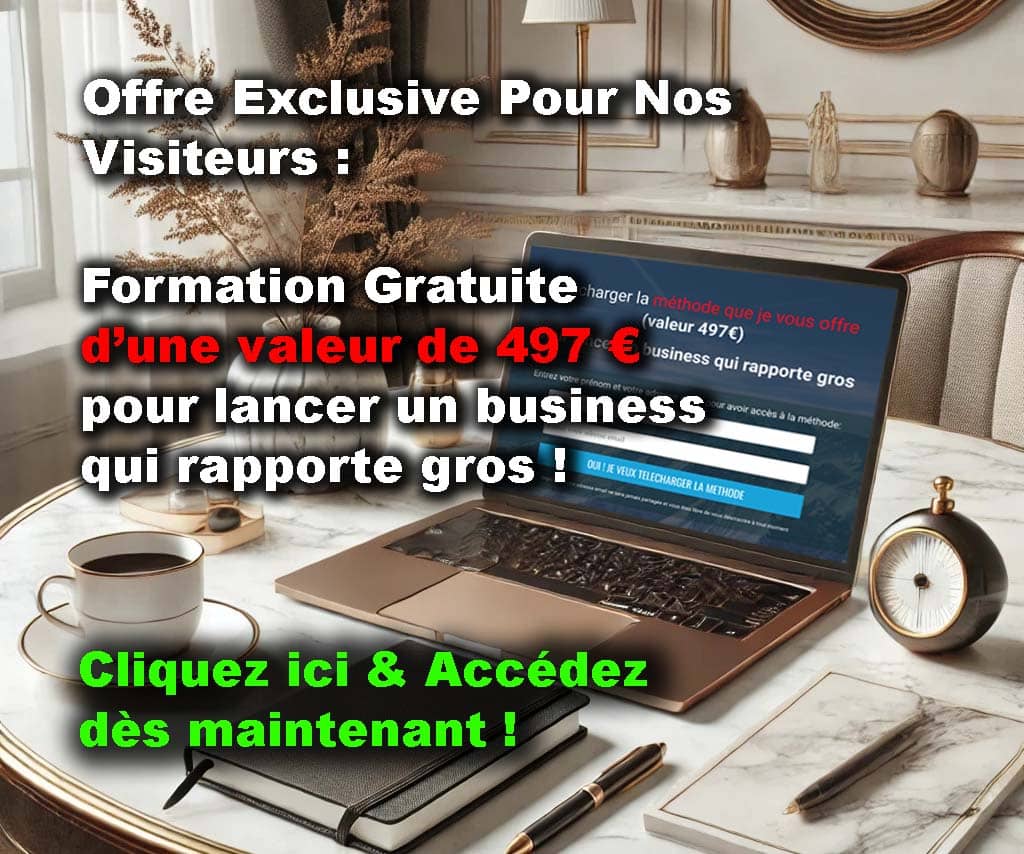I hated it. Customers were complaining and weren't happy.
Sigh! Agency Life!
The monthly progress meeting was a disaster. Customers were complaining about the output.
It kills me to say this. The team got together and added more and more insights and recommendations to make them happy.
Still the same outcome. Customers were complaining about growth and profitability without executing our precious recommendations.
Then I thought that we needed to manage the customer expectation. We are not doing it now, so we made a responsibility matrix to clarify the responsibility and deliverables for both parties.
Surprisingly the same output. The customer has more complaints than acting on recommendation. They also wanted to reduce the monthly pricing.
I lost control as we put more resources than ever to deliver countless tasks.
On a random day, a potential customer asked for a forecast before they signup with the digital marketing service.
We made our first forecast. It wasn't good as we expected. According to the forecast, customers can achieve 20% revenue growth even after six months while ROAS goes down by 10%. It sucked!
We revised it the 100th time and compiled a forecast with the 50% revenue uplift within six months. Finally, we presented the Facebook revenue forecast to the customer, and he was like, "This is a pile of rubbish. I need to increase revenue by 100% within six months."
Then we told the customer we built the forecast based on your past data, and if you can show a realistic forecast with any other data points, we would like to act on it. He pissed off and said, "I don't care about the calculation, but this is not enough (Typical HIPPO statement)". Anyway, we went ahead and executed the plan with the customer's approval.
HIPPO was right. Our forecast was awful.
We ended up achieving the forecasted revenue within a week. But the customer was happy with the results and the statement he made during the call, “Your forecast is a pile of rubbish."
We went back to our books and started to wonder where we went wrong.
Ah! We made a terrible mistake by forgetting the seasonality and the market demand.
So we recreated the forecast for next month, factoring in the seasonality factors by looking at last year trends. And the same month we ended up achieving 7% extra revenue than we forecasted. Every month, we were doing this forecast and reached the target with a 5%-10% variation. Everyone was happy, and the customer added a few more brands by increasing the agency retainer by 4X.
After a few months, we realized that we successfully managed the most demanding customer's expectations, so why don't we do the same for other customers?. We started to give the next six months forecast for all the customers so that no short-term disappointment as they see the future with the forecast. In summary, unhappy customers became loyal customers and started to refer more customers. As an agency, we managed the expectations without throwing unnecessary resources to please the customer while giving revenue growth than completing tasks.
After making countless forecasts, we came up with a standard equation to double eCommerce revenue for an e-commerce business using Facebook ads.
First, you need to have a proper structure for your Facebook campaigns.
First, you need a campaign to target your existing customers, and we call it a bottom-funnel campaign. You need to target existing customers based on their purchase frequency, order value and recency. In the second stage, you need to target your existing visitors, Fanpage/Instagram engages, and video viewers. We call this campaign a mid-funnel campaign or warm audience campaign. Finally, you need to attract new visitors to grow your top funnel or cold audiences. You can target lookalike audiences, interest, behaviour and demography based audiences. Once you have the structure, you can develop a reliable forecast to increase your e-commerce revenue 100%.
Download Excel sheet - https://bit.ly/3p9F6l1
Sigh! Agency Life!
The monthly progress meeting was a disaster. Customers were complaining about the output.
It kills me to say this. The team got together and added more and more insights and recommendations to make them happy.
Still the same outcome. Customers were complaining about growth and profitability without executing our precious recommendations.
Then I thought that we needed to manage the customer expectation. We are not doing it now, so we made a responsibility matrix to clarify the responsibility and deliverables for both parties.
Surprisingly the same output. The customer has more complaints than acting on recommendation. They also wanted to reduce the monthly pricing.
I lost control as we put more resources than ever to deliver countless tasks.
On a random day, a potential customer asked for a forecast before they signup with the digital marketing service.
We made our first forecast. It wasn't good as we expected. According to the forecast, customers can achieve 20% revenue growth even after six months while ROAS goes down by 10%. It sucked!
We revised it the 100th time and compiled a forecast with the 50% revenue uplift within six months. Finally, we presented the Facebook revenue forecast to the customer, and he was like, "This is a pile of rubbish. I need to increase revenue by 100% within six months."
Then we told the customer we built the forecast based on your past data, and if you can show a realistic forecast with any other data points, we would like to act on it. He pissed off and said, "I don't care about the calculation, but this is not enough (Typical HIPPO statement)". Anyway, we went ahead and executed the plan with the customer's approval.
HIPPO was right. Our forecast was awful.
We ended up achieving the forecasted revenue within a week. But the customer was happy with the results and the statement he made during the call, “Your forecast is a pile of rubbish."
We went back to our books and started to wonder where we went wrong.
Ah! We made a terrible mistake by forgetting the seasonality and the market demand.
So we recreated the forecast for next month, factoring in the seasonality factors by looking at last year trends. And the same month we ended up achieving 7% extra revenue than we forecasted. Every month, we were doing this forecast and reached the target with a 5%-10% variation. Everyone was happy, and the customer added a few more brands by increasing the agency retainer by 4X.
After a few months, we realized that we successfully managed the most demanding customer's expectations, so why don't we do the same for other customers?. We started to give the next six months forecast for all the customers so that no short-term disappointment as they see the future with the forecast. In summary, unhappy customers became loyal customers and started to refer more customers. As an agency, we managed the expectations without throwing unnecessary resources to please the customer while giving revenue growth than completing tasks.
After making countless forecasts, we came up with a standard equation to double eCommerce revenue for an e-commerce business using Facebook ads.
First, you need to have a proper structure for your Facebook campaigns.
First, you need a campaign to target your existing customers, and we call it a bottom-funnel campaign. You need to target existing customers based on their purchase frequency, order value and recency. In the second stage, you need to target your existing visitors, Fanpage/Instagram engages, and video viewers. We call this campaign a mid-funnel campaign or warm audience campaign. Finally, you need to attract new visitors to grow your top funnel or cold audiences. You can target lookalike audiences, interest, behaviour and demography based audiences. Once you have the structure, you can develop a reliable forecast to increase your e-commerce revenue 100%.
Download Excel sheet - https://bit.ly/3p9F6l1
- Catégories
- E commerce Divers















Commentaires